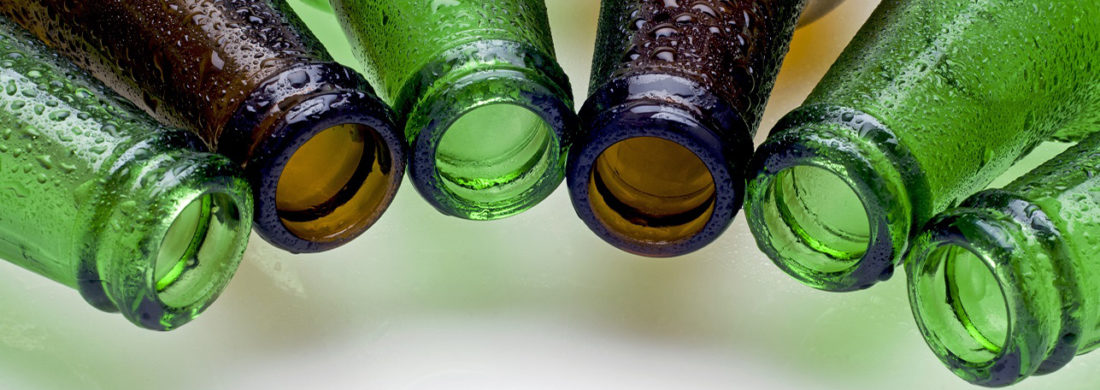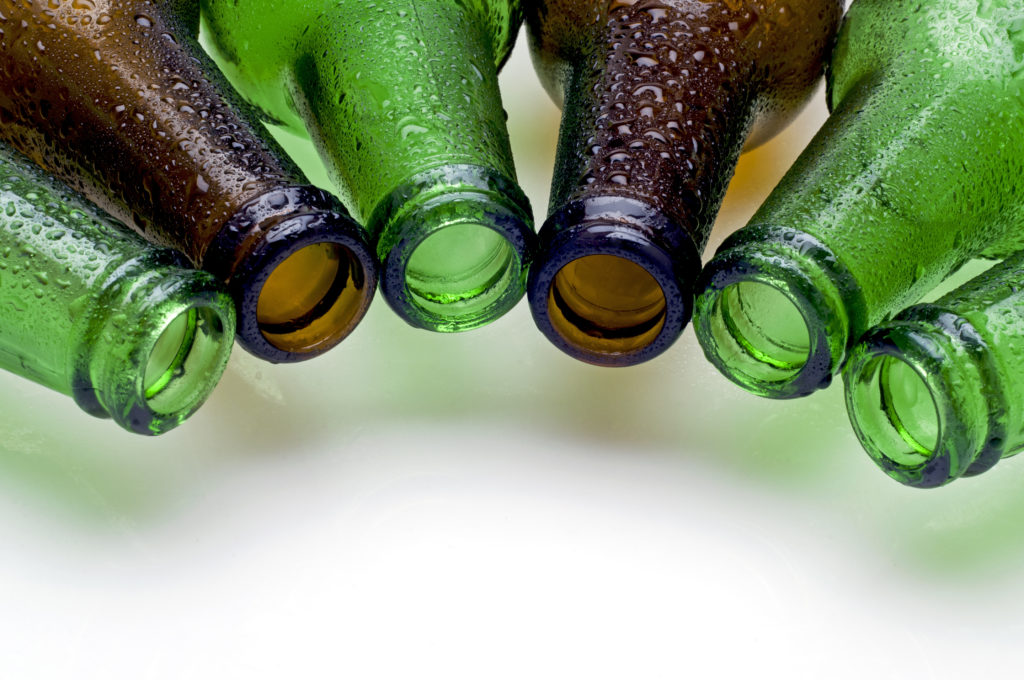
Consultation on regulated product stewardship opens

The GPF currently runs the country’s only Government-accredited, voluntary product stewardship scheme for glass bottles and jars, with over 100 member brands.
By Dominic Salmon, Glass Packaging Forum Scheme Manager
It’s finally happened – a New Zealand government has taken the plunge and announced its intention to declare priority product, and thereby bring about regulated product stewardship for the first time.
Not only that but the plan is to declare not one but six priority products under the Waste Minimisation Act 2008 – tyres, e-waste, refrigerants and other synthetic gases, agrichemicals and their containers, farm plastics, and packaging. It’s huge news for New Zealand’s bid to decrease waste, increase resource recovery and transition to a low-emissions, circular economy.
After all, product stewardship is the cornerstone of the development of a circular economy.
Packaging has by far the broadest scope and, crucially for the Glass Packaging Forum (GPF), includes glass beverage containers bigger than 50ml and smaller than 4 litres in volume.
For those who don’t know, product stewardship sees importers, retailers and producers take responsibility for the products they make at the end of life. Declaring something a priority product means a regulated scheme – which requires the whole industry to participate – must be established within certain time frames.
The Waste Minimisation Act makes provision for this, so no new legislation needs to be created to make it happen.
The GPF currently runs the country’s only Government-accredited, voluntary product stewardship scheme for glass bottles and jars, with over 100 member brands. It’s been running since 2010 and sees members voluntarily contribute levies directly towards the product stewardship of all container glass, including beverage glass.
It’s an effective scheme, having provided over $3.3 million in grants for infrastructure, plant, events and research which improve the quality and quantity of glass available for recycling.
Declaring packaging a priority product would mean the scheme will have to be re-accredited under a regulatory framework. This would create a level playing field.
This would in turn boost the GPF’s ability to fund infrastructure and projects which improve glass recycling rates. It will also compliment the extensive kerbside and public drop-off recycling network which exists throughout New Zealand.
So, what’s next in the process? The Ministry for the Environment will now conduct consultation on the proposed priority products, which will run until 4 October.
This is an exciting time indeed for New Zealand’s war on waste.


